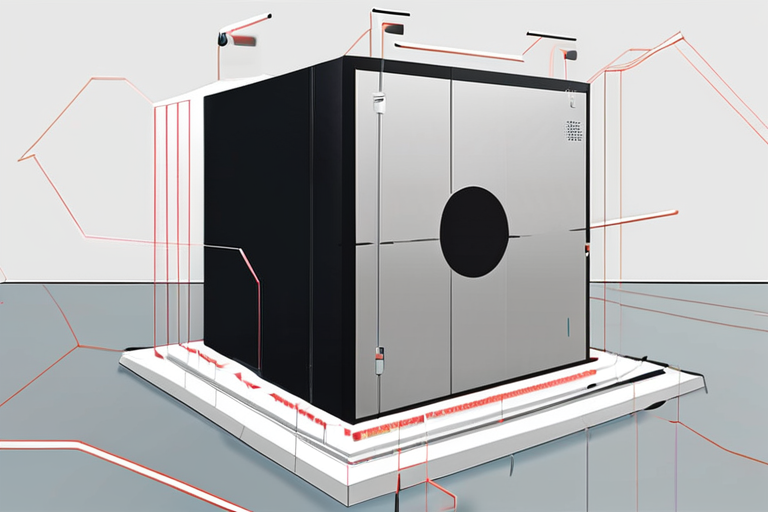OpenAI's researchers have built an experimental large language model that sheds light on the inner workings of AI systems, a significant breakthrough in understanding how these models operate. The new model, called a weight-sparse transformer, is far smaller and less capable than top-tier models but provides crucial insights into the mechanisms behind language processing.
According to Leo Gao, a research scientist at OpenAI, the aim of this project is to create a more transparent model that can help researchers identify and address issues such as hallucinations and model failures. "Its very important to make sure these AI systems are safe as they get integrated into very important domains," Gao told MIT Technology Review in an exclusive preview of the new work. By making the model more understandable, researchers can better grasp why these systems behave in certain ways and how far they can be trusted with critical tasks.
The weight-sparse transformer is a significant departure from the typical black box approach of large language models. These models are complex systems that consist of millions of parameters, making it difficult to comprehend how they arrive at their outputs. In contrast, the weight-sparse transformer has a much smaller number of parameters, allowing researchers to analyze and understand its decision-making process.
The new model is not intended to compete with the most advanced language models currently available, such as GPT-5, Claude, and Gemini. Instead, it serves as a research tool to help scientists understand the underlying mechanisms of language processing. Gao notes that the model is currently as capable as GPT-1, a model developed by OpenAI in 2018, but the researchers have not conducted a direct comparison.
The development of the weight-sparse transformer has significant implications for the field of artificial intelligence. As AI systems become increasingly integrated into various domains, including healthcare, finance, and education, it is essential to ensure their safety and reliability. By creating more transparent models, researchers can identify potential issues and develop strategies to mitigate them, ultimately leading to more trustworthy AI systems.
The research on the weight-sparse transformer is still in its early stages, and further development is needed to fully understand its capabilities and limitations. However, the breakthrough represents a significant step forward in the field of AI research and highlights the importance of transparency and explainability in AI systems.
As AI continues to evolve and become more pervasive in our lives, the need for more transparent and trustworthy models becomes increasingly pressing. The work of OpenAI's researchers on the weight-sparse transformer serves as a reminder of the importance of ongoing research and development in the field of artificial intelligence.


























Share & Engage Share
Share this article